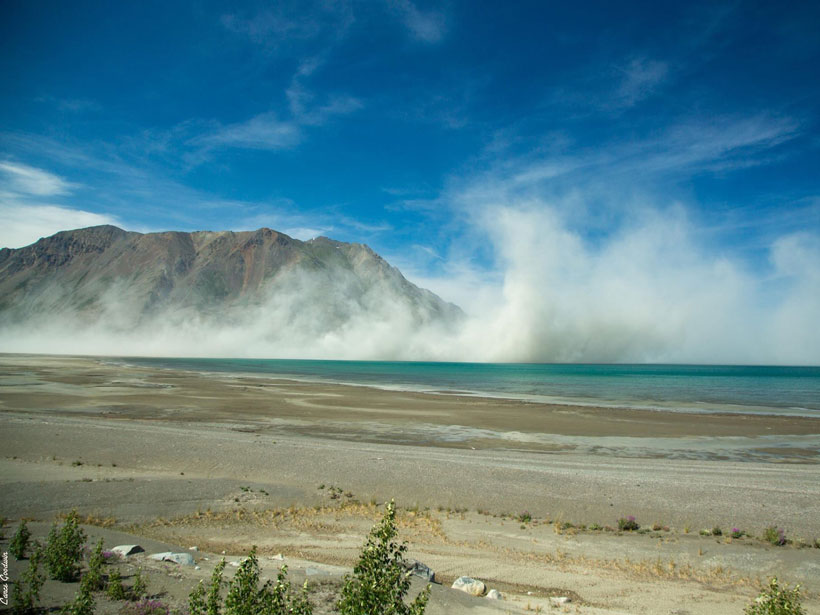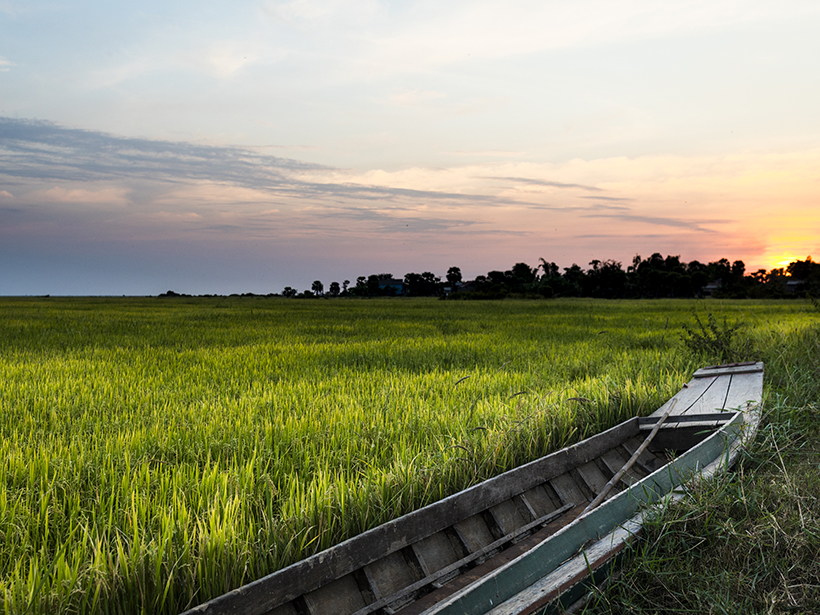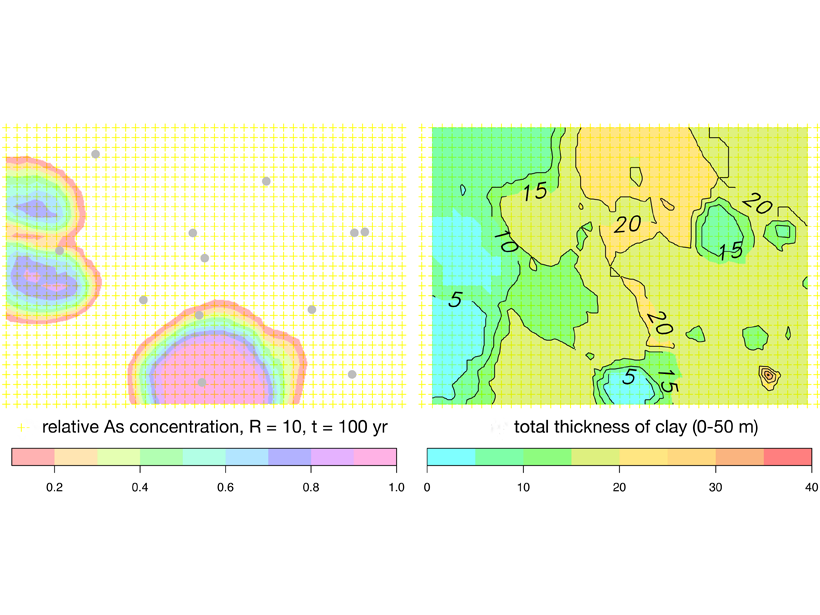A new study links geological factors such as faulting and geothermal activity to an elevated risk of arsenic contamination in private wells across the Great Basin.
arsenic
Understanding Enhanced Arsenic Pollution in Shallow Lakes
A new study explains why the arsenic that has accumulated in lake bottom sediments is more harmful to the lake ecosystems in shallow lakes.
Protecting Children’s Health Can Benefit the Economy
A new study presents an integrated approach to predicting the human health impacts, economic implications, and remediation solutions for using contaminated groundwater in Central Mexico.
Field Kits Effectively Predict Arsenic Contamination
Field kits used in Bangladesh to test arsenic exposure from contaminated drinking water are effective in comparison to expensive laboratory arsenic tests.
Dust from Receding Glaciers May Have Major Atmospheric Impacts
New research is helping scientists understand how Arctic dust created by receding glaciers affects local air quality and global climate.
Will Rising Temperatures Make Rice Too Toxic?
Greenhouse experiments reveal how higher temperatures act to elevate arsenic levels in rice and may help focus efforts to solve a crisis threatening food systems around the world.
Arsenic Pollution in Bangladesh is Catching Up with Deeper Wells
Inhabitants of Bangladesh have deepened drinking water wells to avoid extracting arsenic-rich groundwater from shallow aquifers, but these may not be free from pollution either.
Indigenous Knowledge Puts Industrial Pollution in Perspective
A 3-year project documents how climate change is affecting the sequestration of decades-old mining by-products in Canadian lakes.








